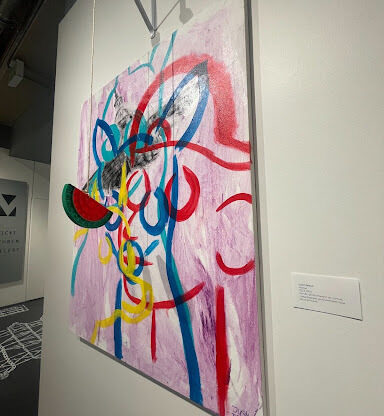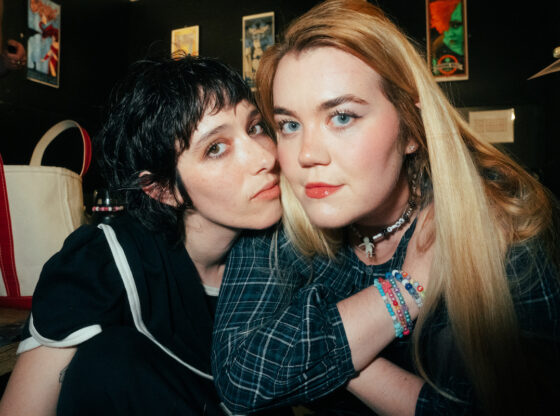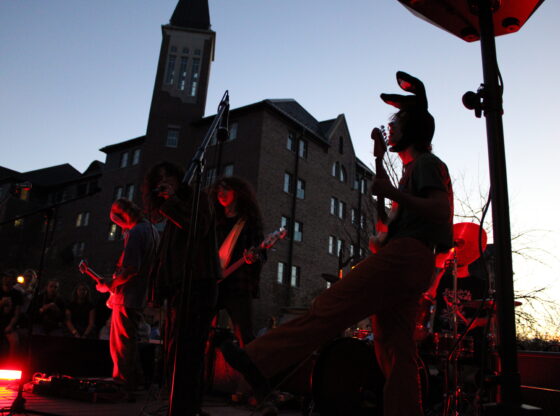At an art gallery or a historical museum, we know what to expect—looking at paintings from centuries ago, meandering slowly through the gallery and standing for what seems like forever until we finally leave.
MCA Denver’s “Citizenship: A Practice of Society” completely unravels these expectations by redefining what it means to go see art in a time of turmoil. At a time when the election is a mere two weeks away, protests ravage the streets in parts of our country and a pandemic has changed how we socially interact forever, this exhibit helps us notice art that serves a distinct purpose.
Walking in, there are blue benches curated by Shannon Finnegan that critique museum culture for enforcing tiring etiquette. This is expressed through simple yet unnerving slogans that invite the visitor to sit.
Upstairs, Alexandra Bell posts copies of previous newspaper articles about Black men who have died at the hands of white police officers—like Michael Brown—and white supremacist violence. Certain lines are crossed out, highlighted and annotated with unapologetically political opinions. Brochures, political zines and historical texts call attention to social issues in a way that evolves into a demand for justice and empathy. Issues ranging from women’s rights and menstruation to interacting with ICE as a foreigner are all tackled in the intense, thought-provoking hour it takes to traverse the multi-floor exhibit.
The unconventionality progresses even further, as mock voting-poll booths by Erin Delaney and Aram Han Sifuentes invite the visitor to actually use them. Someone nearby hands you a mock presidential vote ballot and mock propositions/amendments ballot. There are tallies on the wall with each day’s results. This gets the visitor thinking about how the exhibit asks them to look but also participate in what they are viewing.
Similarly, there is an interactive exhibit on the last floor that invites two people (preferably strangers) to sit in chairs on opposing sides and ask a set of questions associated usually asked on dates. The artist even has specific instructions for the two participants, which essentially transforms the viewer into a living exhibition or extension of the artist themselves.
There are museums across the country that allow patrons to create art after viewing the exhibit, and there are places that host artists to talk about why they created their work and identify their intended audience. However, the level of interaction at MCA’s “Citizenship: A Practice of Citizenship” is not just interactive for the sake of being interactive. It encourages a narrative of active commitment and involvement in the socially-conscious, politically-charged times we are living in. It opens a dialogue for those who are still grappling with our country’s definition of citizenship.
At times, the participatory nature of these exhibitions can be uncomfortable or new to us, but this is the type of art that our country will continue to move towards in the near future. However, that shouldn’t stop anyone who is interested in reserving their free ticket and immersing themselves in this uniquely intense experience.











